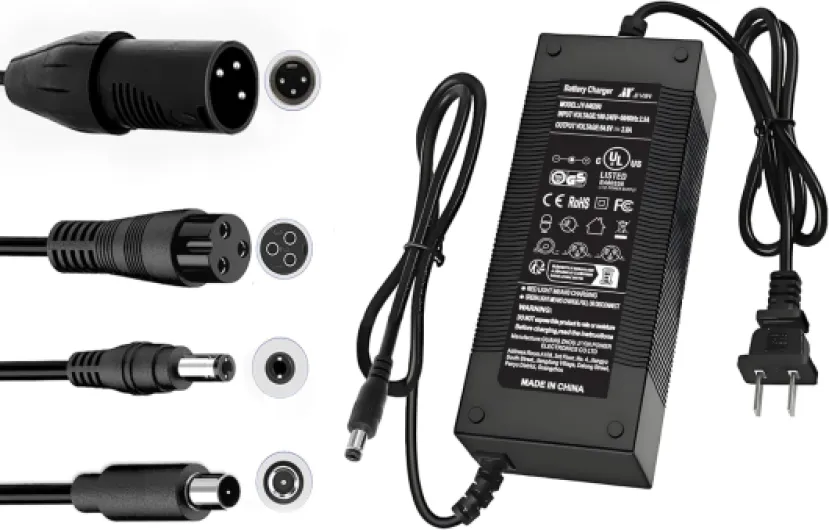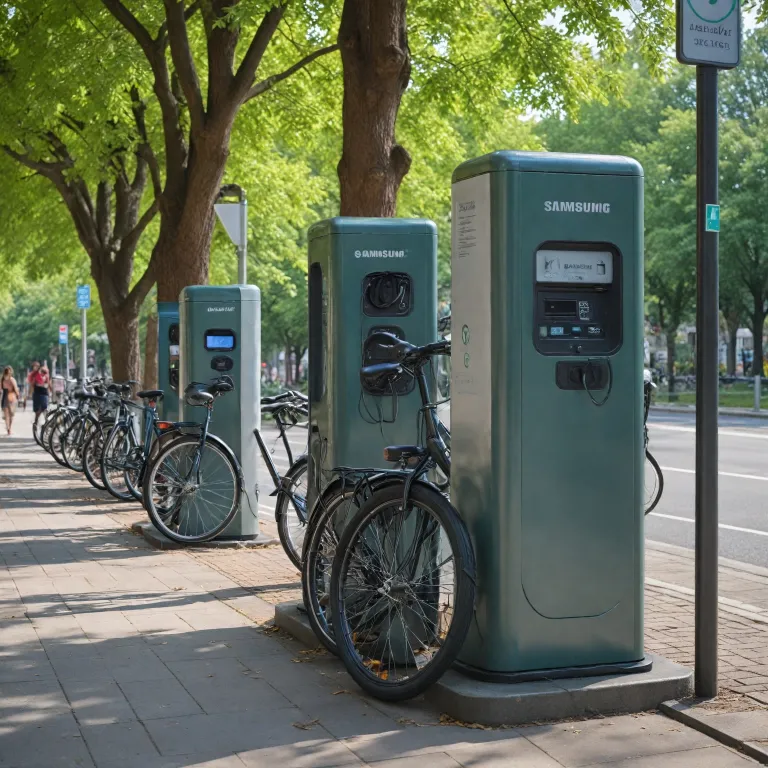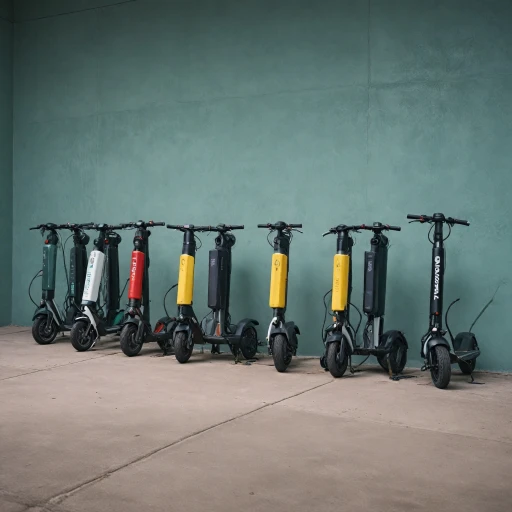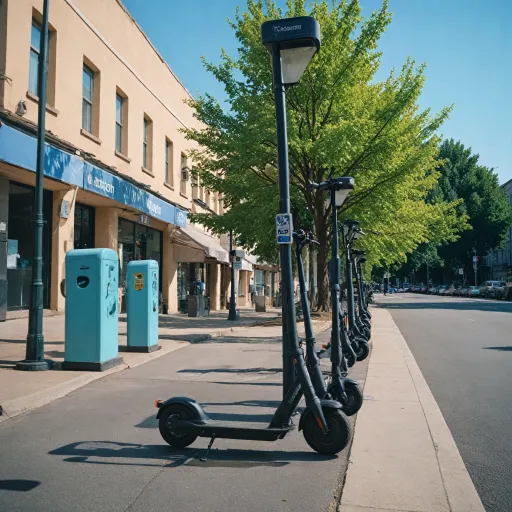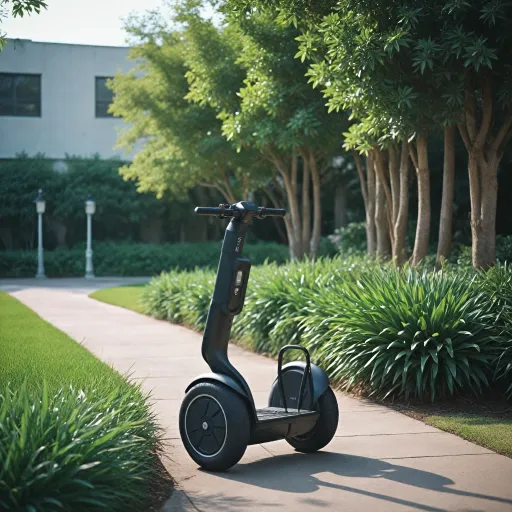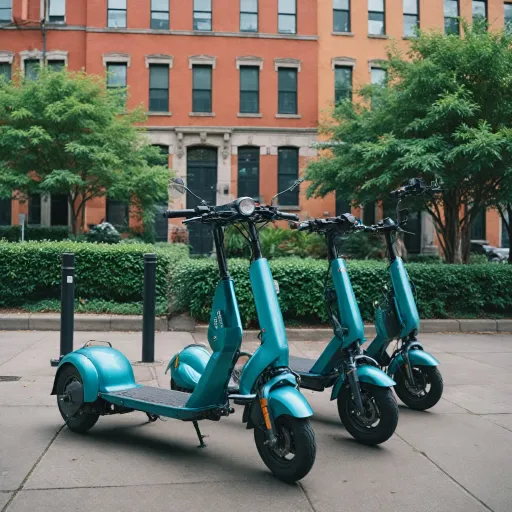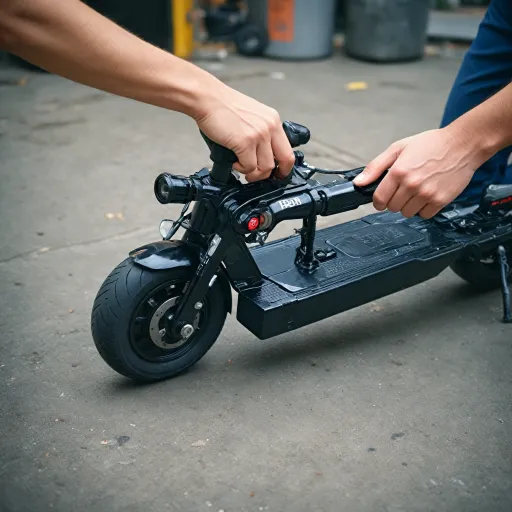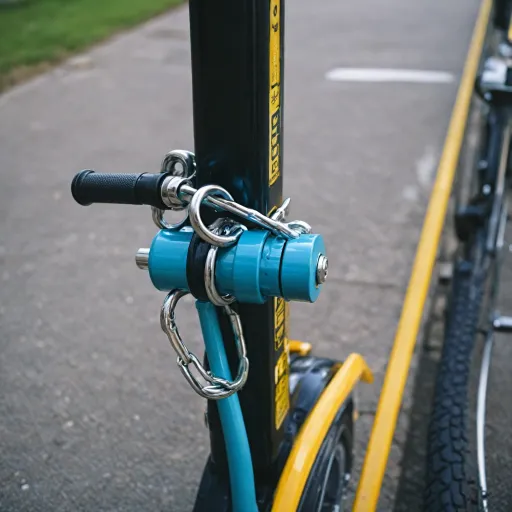
Understanding electric bicycle charging stations
What Makes a Charging Station Essential for Electric Bikes and Scooters?
Electric bikes and scooters have become a popular alternative to cars for daily rides, thanks to their convenience and eco-friendly appeal. As more people add these bikes to their routines, the demand for reliable charging stations grows. A charging station is not just a plug charger; it is a dedicated unit designed to safely and efficiently charge your bike battery or scooter battery, ensuring your ride is always ready when you need it.
Types of Charging Stations and How They Work
There are several types of charging stations available for electric bikes and scooters. Some are simple wall-mounted units for home use, while others are robust public stations found in city centers, parking lots, or near bike shops. These stations may offer free charging or require you to pay per session. Most units are compatible with standard battery chargers, but it is important to check if your bike charger or scooter charger matches the station’s output to avoid damaging your battery.
- Home charging units: Ideal for regular charging, often included with your electric bike or scooter purchase.
- Public charging stations: Useful for longer rides or when you need to charge in real time away from home.
- Multi-bike stations: Designed for charging several bikes or scooters at once, often found in high-traffic areas.
Why Charging Infrastructure Matters
Having access to reliable charging stations can influence your decision to buy an electric bike or scooter. The price of charging varies, but many public stations offer free or low-cost options, especially during events like Black Friday. The convenience of charging your bike battery while you shop or work adds significant value. For those interested in learning more about finding and using ebike charging stations for electric scooters, this guide on using ebike charging stations provides practical tips and insights.
Charging Time and Battery Health
Charging time depends on your battery’s capacity and the station’s output. Most electric bikes and scooters reach a fully charged state within a few hours, but using the right battery charger is crucial for battery health. Overcharging or using an incompatible charger can reduce your battery’s lifespan. Regular maintenance and choosing the right charging station can help you avoid costly replacements and keep your ride efficient.
Compatibility between electric scooters and bicycle charging stations
Can You Charge an Electric Scooter at a Bike Charging Station?
Many people wonder if they can use a regular bike charging station for their electric scooter. While electric bikes and electric scooters share some similarities in battery technology, not all charging stations are designed to support both types of vehicles. It’s important to check the compatibility between your scooter’s battery and the station’s output before you plug in your charger.
- Connector type: Most bike charging stations are built for ebike connectors, which may not match your scooter’s plug charger. Always verify the connector before attempting to charge.
- Voltage and current: Electric scooters and electric bikes often require different voltage and current levels. Using the wrong unit can damage your battery or charger.
- Charging protocols: Some stations use smart charging protocols to communicate with the battery. If your scooter doesn’t support these, it may not charge properly.
For more details on choosing the right battery charger for your scooter, you can view this guide on mobility scooter battery chargers.
What to Consider Before Charging
Before you charge electric scooters at a bike charging station, check if the station allows scooters. Some public charging stations are only for electric bikes, and using them for scooters might not be permitted. Also, consider the price and payment options. While some stations offer free charging, others require you to pay per session or by real time usage. If you’re planning to charge at home, compare the cost and convenience with public stations.
Why Compatibility Matters
Using the right charging station helps protect your scooter’s battery and ensures a fully charged ride every time. Incompatible charging can lead to slow charging, battery damage, or even safety hazards. Always check your scooter’s manual for recommended charging station specifications. If you’re unsure, consult the manufacturer or a trusted retailer before you add cart to your shopping list.
Key features to look for in a charging station
Essential factors for choosing a charging station
When selecting a charging station for your electric bike or scooter, it’s important to focus on features that match your daily ride and charging needs. Not all stations are created equal, and the right unit can make a big difference in convenience, safety, and long-term battery health. Here’s what to keep in mind:
- Compatibility: Make sure the station supports the voltage and connector type of your bike battery or scooter. Some stations are designed for regular bikes, while others are optimized for ebikes and electric scooters. Double-check if your charger plug fits the station’s socket before you add cart or pay.
- Charging speed: Look for a station that offers real time charging information. Faster charging can be convenient, but it’s important to ensure it won’t harm your battery. Some stations allow you to view the charging progress and time left until fully charged.
- Number of ports: If you own multiple bikes or share with others, a multi-port unit can charge several electric bikes or scooters at once. This is especially useful in public spaces or for families with more than one electric ride.
- Safety features: Overcharge protection, surge protection, and automatic shutoff are essential for battery safety. These features help prevent damage to your bike battery and reduce fire risk during battery charging.
- Weather resistance: For outdoor installations, choose a station with weatherproof housing. This protects your charger and bike charger from rain, dust, and temperature changes, ensuring reliable operation over time.
- Payment and access: Some public charging stations offer free charging, while others require you to pay. Consider whether you need a unit with contactless payment options or a subscription model, especially if you plan to charge electric bikes or scooters outside your home.
- Smart features: Advanced stations may offer app connectivity, letting you monitor your charge bike status, schedule charging sessions, or receive maintenance alerts. These features can help you optimize battery life and reduce electricity costs.
- Price and shipping: Compare prices and look for deals, especially during events like Black Friday. Some retailers offer free shipping on charging stations, which can help you save money when you buy online.
Remember, the right charging station should fit your current needs and be flexible for future upgrades, such as a new ebike or even an electric car. For more on keeping your battery in top shape, check out this guide on how to replace batteries in your electric scooter.
Installation considerations for home and public spaces
Home Setup: What to Think About Before Installing
When planning to charge your electric bike or scooter at home, consider the available space and proximity to a power outlet. Most bike charging units require a standard plug charger, but always check the voltage and amperage to match your battery charger. If you ride regularly, a dedicated charging station can save time and keep your bike battery fully charged. Some riders opt for wall-mounted stations to save space, while others prefer portable chargers for flexibility. Price and installation complexity vary, so compare options before you add cart or make a purchase, especially during Black Friday sales when free shipping might be available.
Public Charging: Accessibility and Payment Options
Public charging stations for electric bikes and scooters are becoming more common in urban areas. Before heading out, view real time maps or apps to locate nearby stations. Some stations offer free charging, while others require you to pay per session or by the hour. Check if the station is compatible with your bike charger or if you need to bring your own. For those who also own an electric car, some locations offer combined charging units for both electric cars and bikes, which can be convenient.
- Look for stations with clear instructions and secure bike racks.
- Consider the safety of the location, especially if you plan to leave your ebike charging unattended.
- Some public units display battery charging status in real time, so you know when your bike is fully charged.
Other Practical Considerations
Whether at home or in public, always check the compatibility between your charger and the station. Not all charging stations support every type of electric bike or scooter, so review the specifications before plugging in. If you have multiple bikes or plan to charge with friends, look for stations with several ports. Maintenance is also important—keep the charging area clean and dry to prevent issues. If you encounter problems, refer to the station’s troubleshooting guide or contact the manufacturer for support.
Safety tips for charging electric scooters
Charging Safely: Best Practices for Electric Scooters
- Use the right charger: Always use the charger provided by your electric scooter manufacturer or a certified replacement. Avoid mixing chargers from different bikes or ebikes, as voltage and current can differ, risking damage to your battery or even fire hazards.
- Check the station before plugging in: Inspect the charging station and plug charger for any visible damage or wear. If you notice frayed wires or loose connections, do not use the unit. Report issues to the station operator if you are at a public charging station.
- Monitor charging time: Overcharging can reduce the lifespan of your bike battery. Most modern chargers and stations have automatic shut-off, but it’s still a good idea to unplug your scooter once it’s fully charged. Charging overnight is convenient, but try to avoid leaving your electric scooter plugged in for extended periods.
- Keep the area dry and ventilated: Charging your electric scooter in a dry, well-ventilated space reduces the risk of short circuits and overheating. Avoid charging near flammable materials or in damp environments, whether at home or at public charging stations.
- Don’t charge immediately after a ride: Let your battery cool down for at least 30 minutes after a ride before you start charging. Charging a hot battery can increase wear and may cause safety issues.
- Stay aware of charging costs: Some public stations offer free charging, while others require you to pay. Check the price and payment options in real time before you plug in. For home charging, consider the impact on your electricity bill, especially if you charge multiple bikes or ebikes.
What to Avoid During Charging
- Don’t use damaged cables: A frayed or broken cable can be a fire hazard. Replace any damaged bike charger or battery charger immediately.
- Avoid DIY modifications: Modifying your charger or charging station can void warranties and compromise safety. Stick to regular maintenance and use certified accessories.
- Never cover your battery or charger: Covering the unit can trap heat, increasing the risk of overheating or fire.
Quick Safety Checklist
| Action | Why It Matters |
|---|---|
| Use manufacturer-approved charger | Ensures correct voltage and current for your battery |
| Inspect charging station before use | Prevents accidents from faulty equipment |
| Unplug when fully charged | Extends battery life and reduces fire risk |
| Allow battery to cool before charging | Prevents overheating and battery damage |
| Charge in a dry, ventilated area | Minimizes risk of short circuits and overheating |
By following these safety tips, you can help ensure your electric scooter, bike, or ebike remains reliable and safe every time you charge. Whether you use a home charging station or public units, taking a few extra precautions can make a big difference in the long-term health of your battery and the safety of your ride.
Maintenance and troubleshooting of charging stations
Routine checks to keep your charging station reliable
Keeping your electric bike charging station in good shape is essential for safe and efficient charging. Regularly inspect the unit for any visible damage, such as frayed cables or loose plugs. Check the charger connections to ensure they fit securely with your bike battery and charger. Dust and debris can accumulate over time, so gently clean the station and plug charger ports to prevent blockages or overheating.
Common issues and quick fixes
- Charger not recognized: If your ebike or electric scooter does not start charging, verify that the station is powered and the bike charger is compatible. Try another cable or port if available.
- Slow charging: This can happen if the battery or station is too hot or cold. Allow both to reach room temperature before charging again. Also, check if the battery charger is the correct model for your electric bike or scooter.
- Intermittent charging: Inspect for loose connections or worn-out cables. Replacing a faulty cable can restore reliable battery charging.
When to seek professional help
If you notice persistent problems, such as the station not powering on, frequent tripping of circuit breakers, or signs of overheating, stop using the unit immediately. Contact a qualified technician or the manufacturer for further assistance. Attempting repairs on your own can void warranties or create safety risks, especially with electric car or electric bikes charging stations.
Extending the life of your charging station
- Keep the station in a dry, sheltered area to avoid water damage.
- Use only recommended chargers and cables for your bike battery or ebike charging needs.
- Monitor the station in real time during charging sessions, especially if you charge electric bikes or scooters overnight.
- Unplug the unit when not in use to prevent unnecessary wear and reduce energy consumption.
Cost and maintenance considerations
While the price of a charging station can vary, investing in regular maintenance helps avoid costly repairs. Some public stations offer free charging, but for home units, factor in the cost of replacement parts and professional servicing over time. During events like Black Friday, you might find deals that include free shipping or bundled accessories to add cart, which can help with long-term savings.



